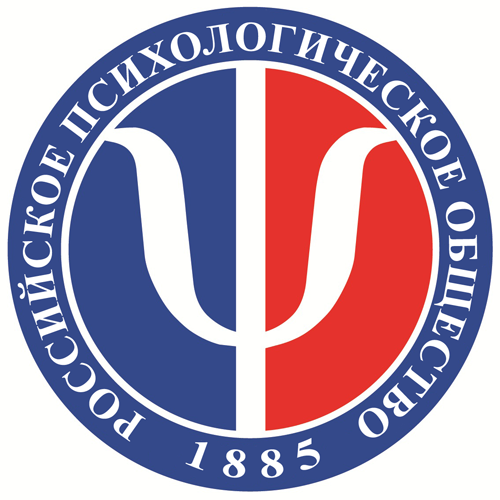ISSN: 2073-2635
eISSN: 2949-270X
eISSN: 2949-270X

Chinese Philology Department
The transforming realities of Russian-Chinese cooperation and international relations put an impetus for the growing demands for multidisciplinary specialists who can speak the language of the partner country. According to the current standard, the list of subjects studied by students studying Russian in China’s universities includes subjects that expand the extralinguistic competencies of graduates. The task of improving the effectiveness of foreign language teaching in the context of the rapid transition to distance learning due to the COVID-19 pandemic required updating teaching methods. New realities have accelerated the introduction of various forms of distance learning, which allow to expanding the range of cultural and linguistic knowledge of students at the expense of various extracurricular activities, language clubs, etc., without significant costs. The research analyzes the effectiveness of extracurricular activities on the example of the course «Development of Russian culture in the context of the historical process (from ancient times to the October Revolution)», developed for Russian specialists of the Institute of Foreign Languages of Harbin Polytechnic University. The survey showed that among the acquired results, the most significant for students is the activation of previously acquired regional knowledge, the deepening of knowledge of the world of Russian art, and the growth of general erudition and the level of proficiency in the Russian language. Most respondents also noted that this course motivates them to choose regional and linguistic-cultural topics for their own scientific and educational research. . .
Comments on the article «Suprunenko V. N. Integration of the principles of the Civil Education Model into the Younger Pupils Training Program».
The research examines the stages in the formation of the concept of labor training in China, the content and forms of this training in school from the concept of the five inseparable components of education, the basic secondary school curriculum during the Cultural Revolution, and manual training classes under the updated doctrine of education and training to the development of labor education in the implementation of the policy “Education serves the people.” Historiographically and paradigmatically, the idea of labor training is presented in unity with moral education as a systemic component of the educational process, in which manual training classes include labor education and technical education. The authors studied the history of the development of the educational function of manual training classes in China in urban, rural, and small schools.
The authors analyzed the concepts of moral education, labor training, labor activity of schoolchildren, technical education at school, early vocational guidance for schoolchildren, industrialization of education, and the role of the family in the process of labor training. The research presents current data on the availability of manual training teachers, including from the point of view of the growing number of ungraded schools in rural areas and the structure of the content of manual training of schoolchildren.
The authors analyze the formation of the contemporary system of labor education in educational institutions of China, where work is the driver of the development of all other qualities of schoolchildren through the cultivation of morality through work; the intersection of goals of moral, mental, physical, and aesthetic education with the goals and objects of labor education becomes the key content of the concept of comprehensive development of learners.
The research studies the results of implementing the Belt and Road Initiative in the education system of the People’s Republic of China and the countries of the initiative area. The authors present the results of the analysis of the development of educational cooperation with the countries divided by territorial principle according to the criteria “the number of students from the areal countries” and “the number of Confucius Institutes and Cabinets” (in the context of the development of soft power of China’s external influence). The authors investigate the perspectives of coordination in the field of educational policy and analyze the regulatory legal acts defining the key directions for the development of the Belt and Road Initiative at different levels of the education system. Moreover, the authors analyze the publication activity and current situation on managing the convergence of international students from the countries along the area of the Belt and Road Initiative. The need to organize technical maintenance of the project in the countries along the route actualizes the task of unifying the quality of professional training of foreign personnel participating in the project (according to forecasts, at least 420 thousand people by 2030). The authors prove that the countries located in the area of the Belt and Road Initiative have enormous human, intellectual, natural, cultural, and historical potential, including in the context of implementing educational strategy on the example of the countries of the Maritime Silk Road area of the Belt and Road Initiative in the field of higher education. A case study of Harbin Polytechnic University within the scope of the stated research topic is examined.


